A European princess jeopardizes her crown when she falls for an American millionaire.
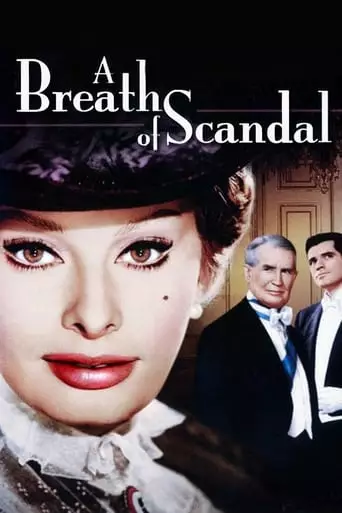
A European princess jeopardizes her crown when she falls for an American millionaire.
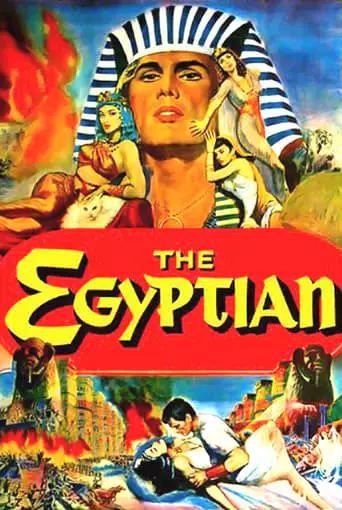
In eighteenth-dynasty Egypt, Sinuhe, a poor orphan, becomes a brilliant physician and with his friend Horemheb is appointed to the service of the new Pharoah. Sinuhe’s personal triumphs and tragedies […]
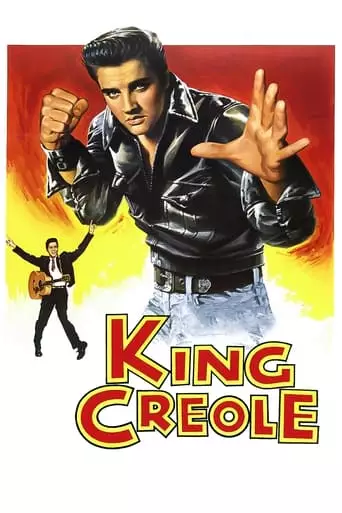
Danny Fisher, young delinquent, flunks out of high school. He quits his job as a busboy in a nightclub, and one night he gets the chance to perform. Success is […]

Two talented song-and-dance men team up after the war to become one of the hottest acts in show business. In time they befriend and become romantically involved with the beautiful […]
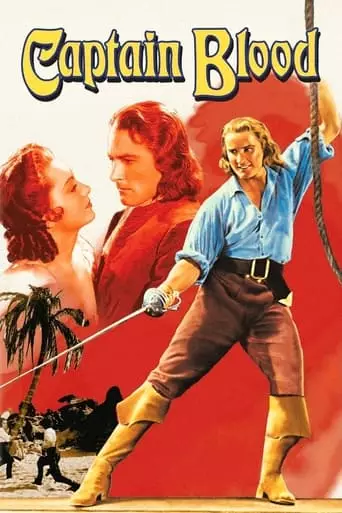
Dr. Peter Blood, unjustly convicted of treason and exiled from England, becomes a notorious pirate.
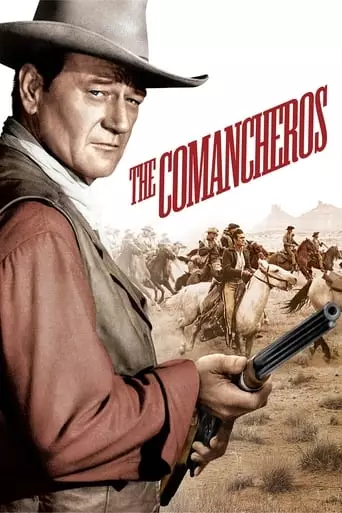
Texas Ranger Jake Cutter arrests gambler Paul Regret, but soon finds himself teamed with his prisoner in an undercover effort to defeat a band of renegade arms merchants and thieves […]
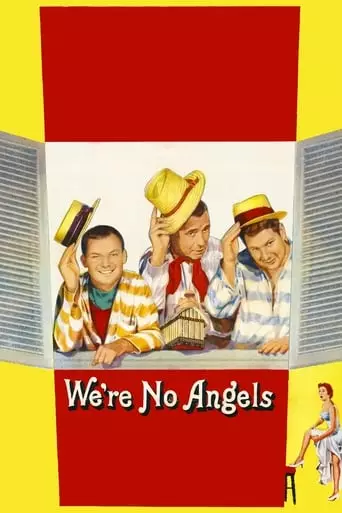
Three convicts escape from prison on Devil’s Island just before Christmas and arrive at a nearby French colonial town. They go to the store of the Ducotels, the only store […]
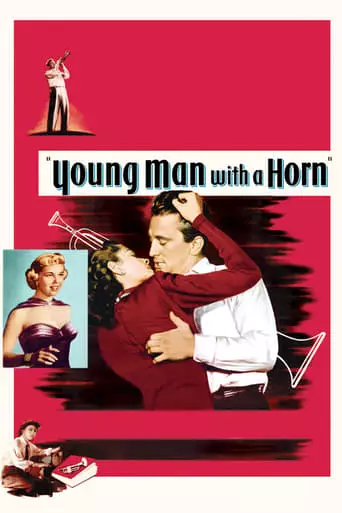
Legendary trumpeter Art Hazzard teaches young Rick Martin everything he knows about playing, so Rick becomes a star musician, but a troubled marriage and the desire to play pure jazz […]

A film of the life of the renowned musical composer, playwright, actor, dancer and singer George M. Cohan.
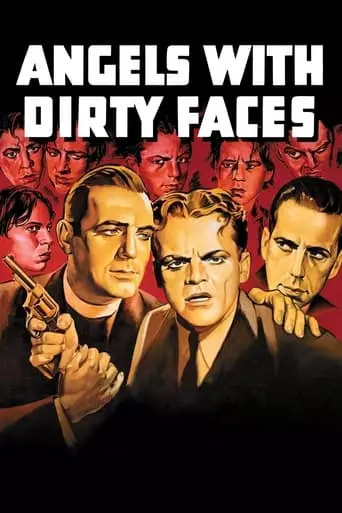
Childhood chums Rocky Sullivan and Jerry Connelly grow up on opposite sides of the fence: Rocky matures into a prominent gangster, while Jerry becomes a priest, tending to the needs […]
Michael Curtiz: The Master Craftsman of Classic Hollywood
Michael Curtiz was one of the most prolific and influential directors of Hollywood’s Golden Age, crafting timeless films that continue to resonate with audiences today. Known for his versatility and technical brilliance, Curtiz helmed more than 170 films across a wide array of genres, including romance, adventure, musicals, and noir. His name is forever etched in cinema history for directing the iconic Casablanca (1942), which remains one of the most beloved films of all time.
Early Life and Career in Europe
Born as Mihály Kertész on December 24, 1886, in Budapest, Hungary, Curtiz displayed an early passion for the arts. He studied at the Royal Academy of Theatre and Art in Budapest and began his career in the Hungarian theater before transitioning to film. By the early 1910s, Curtiz was directing silent films in Hungary, quickly establishing himself as a capable and innovative filmmaker.
The political upheavals in Europe during and after World War I led Curtiz to relocate to Austria and then Germany, where he worked on films that showcased his technical skill and visual creativity. His 1924 historical epic Sodom and Gomorrah gained international attention and helped pave the way for his move to Hollywood in 1926.
Hollywood Stardom and Collaboration with Warner Bros.
Curtiz’s Hollywood career began when Warner Bros. signed him to a long-term contract in 1926. His transition to American cinema was seamless, as his background in silent films gave him a keen eye for visual storytelling. Curtiz quickly gained a reputation for his work ethic, technical expertise, and ability to deliver commercially successful films on time and on budget.
One of Curtiz’s early successes in Hollywood was Noah’s Ark (1928), an ambitious part-silent, part-talkie epic that demonstrated his flair for large-scale productions and innovative visuals. As sound technology revolutionized filmmaking, Curtiz adapted effortlessly, proving himself a master of both dialogue-driven scenes and intricate action sequences.
A Legacy of Classic Films
Michael Curtiz’s filmography is a treasure trove of classics, showcasing his extraordinary range as a filmmaker. He directed some of the most memorable films in cinema history, often characterized by their sweeping narratives, compelling characters, and impeccable craftsmanship.
Casablanca (1942)
Curtiz’s crowning achievement, Casablanca, remains one of the most celebrated films of all time. Starring Humphrey Bogart and Ingrid Bergman, the romantic drama set against the backdrop of World War II captured the complexity of love, loyalty, and sacrifice. The film won three Academy Awards, including Best Picture and Best Director for Curtiz, cementing his place in Hollywood history.
The Adventures of Robin Hood (1938)
This Technicolor swashbuckler starring Errol Flynn and Olivia de Havilland is one of the defining films of the adventure genre. Curtiz co-directed the film, showcasing his ability to blend thrilling action, romance, and humor with lush visuals. The film’s success solidified Curtiz as a director capable of creating cinematic spectacle.
Yankee Doodle Dandy (1942)
This patriotic musical biography of entertainer George M. Cohan, starring James Cagney in an Oscar-winning performance, highlighted Curtiz’s talent for capturing the spirit of Americana. The film was a critical and commercial success and showcased his adaptability to different genres.
Mildred Pierce (1945)
Curtiz proved his mastery of film noir with Mildred Pierce, a gripping drama that earned Joan Crawford her first Academy Award. The film’s taut storytelling and atmospheric cinematography exemplified Curtiz’s skill at creating tension and emotional depth.
Other Notable Films
Curtiz’s extensive filmography also includes classics such as Captain Blood (1935), Angels with Dirty Faces (1938), The Sea Hawk (1940), and White Christmas (1954). Each film reflects his ability to excel in different genres, from crime dramas to romantic musicals.
Style and Influence
Curtiz’s directorial style was defined by his meticulous attention to detail, innovative camera techniques, and seamless ability to adapt to any genre. He was known for using dynamic camera movements, dramatic lighting, and carefully composed frames to heighten emotional impact and create visually striking scenes.
Curtiz had a talent for eliciting powerful performances from his actors, many of whom delivered career-defining work under his direction. He was also a pioneer in using sound and editing to enhance storytelling, often pushing the boundaries of what was technically possible at the time.
Despite his artistic achievements, Curtiz was sometimes criticized for his demanding nature on set and his heavy accent, which led to occasional misunderstandings with cast and crew. Nevertheless, his results spoke for themselves, and he earned the respect of his peers as one of Hollywood’s most reliable and skilled directors.
Legacy and Recognition
Michael Curtiz’s contributions to cinema have left an indelible mark on the industry. Over a career that spanned nearly five decades, he worked with some of the greatest talents in Hollywood and created films that continue to inspire filmmakers and audiences alike.
In addition to his Academy Award for Casablanca, Curtiz received numerous accolades throughout his career, including the Irving G. Thalberg Memorial Award in 1944. His work remains a cornerstone of film history, with many of his films regularly included in lists of the greatest movies ever made.
Conclusion
Michael Curtiz’s unparalleled versatility, technical innovation, and storytelling prowess made him one of the most influential directors of Hollywood’s Golden Age. From epic adventures to intimate dramas, his films reflect a deep understanding of human emotion and an unwavering commitment to cinematic excellence. As a master craftsman who shaped the very fabric of classic Hollywood, Curtiz’s legacy endures, ensuring his place among the pantheon of great directors.